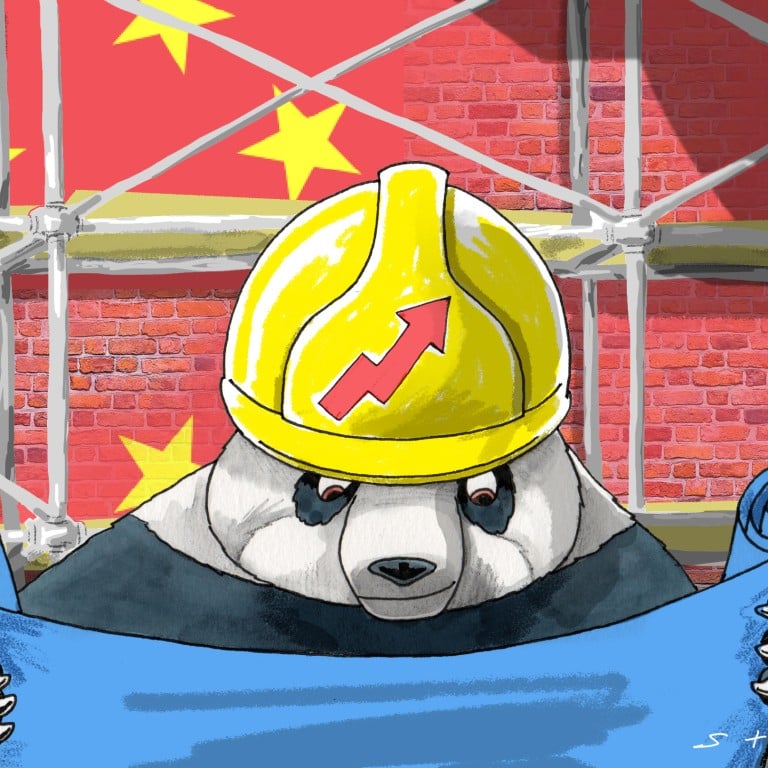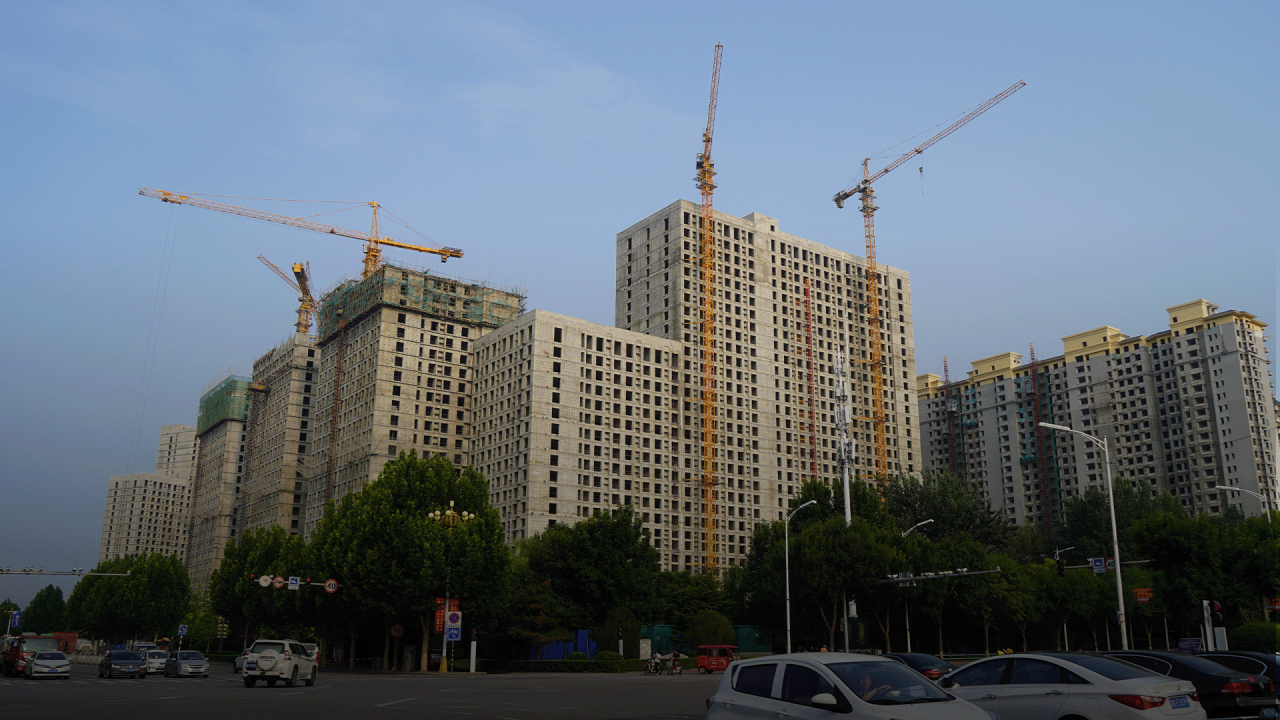
How China can achieve high economic growth for another decade
- The key to reviving economic prospects lies in addressing the paradox that China is a highly distorted economy yet with substantial growth potential
- Growth can no longer come from traditional drivers such as exports or property development. Rather, it requires a restructuring of the state’s role in allocating resources
China’s 20th party congress will be remembered for confirming an unprecedented third term for Xi Jinping and packing the Standing Committee with his loyalists. Xi’s report to the congress covered all the traditional themes but the emphasis was on dealing with security in its varied aspects and accelerating technological progress.
Consumption does not drive growth, it is the other way around – increased consumption comes from more rapid growth. Given China’s already high investment levels, the challenge is to boost the productivity of investment, which has been declining steadily for nearly a decade.
But the reverse is not necessarily true, namely that the harder a country tries to innovate, the faster it will grow. China stands out in trying to “leapfrog” ahead in becoming more technologically advanced than would be expected for its income level.
A notable precedent is South Korea, which dramatically increased its research and development efforts, and succeeded in becoming more technologically advanced – comparable to Japan, but at a much lower per capita income level.
But less well recognised is that South Korea’s growth rate was cut nearly in half in the process, to 2.8 per cent annually over the past decade (2012-21) from 5.3 per cent over the previous two decades (1992-2011). The same is likely to be true for China as resources are diverted into more speculative hi-tech activities from alternative higher-return investments.
The key to reviving China’s growth prospects lies in addressing the paradox that China is still a highly distorted economy, yet it still has substantial growth potential. Future growth cannot come from traditional drivers such as exports or property development. It requires the restructuring of the role of the state in allocating resources.
What are these major distortions? The most glaring is the impact of China’s unique hukou restrictions which prevent migrant families from settling in preferred mega cities like Shanghai or Beijing. The result is that China’s largest cities are both too small and not dense enough, while its medium-sized cities are too large because it is easier to secure residency rights in smaller cities.
As noted in the World Bank’s Urban China Report, the consequence is that the productivity of labour in the largest cities is much greater than in the smaller cities. Thus, simply allowing households to live where the more productive jobs are would significantly increase GDP growth.
The problem is that the rates of return in these provinces are much lower than for investments in the more commercial coastal and central provinces. A more balanced regional approach in favouring investments with higher productivity is needed to realise more rapid growth.
But in recent years, the emergence of so-called hybrid firms, as highlighted by the research firm Gavekal, comprising SOEs with significant private participation, suggests that performance can be improved without challenging ideological principles.
While his report to the party congress highlights the need for a strong economy, the focus is more about strengthening security – political security in dealing with US-China tensions, technological security in becoming more self-sufficient in semiconductors, and health security through zero-Covid practices.
Yet, a more rapid growth path is a prerequisite if China is to become a more secure nation. Will China’s leadership address this challenge?
Yukon Huang is a senior fellow at the Carnegie Endowment for International Peace and author of “Cracking the China Conundrum: Why Conventional Economic Wisdom Is Wrong”


